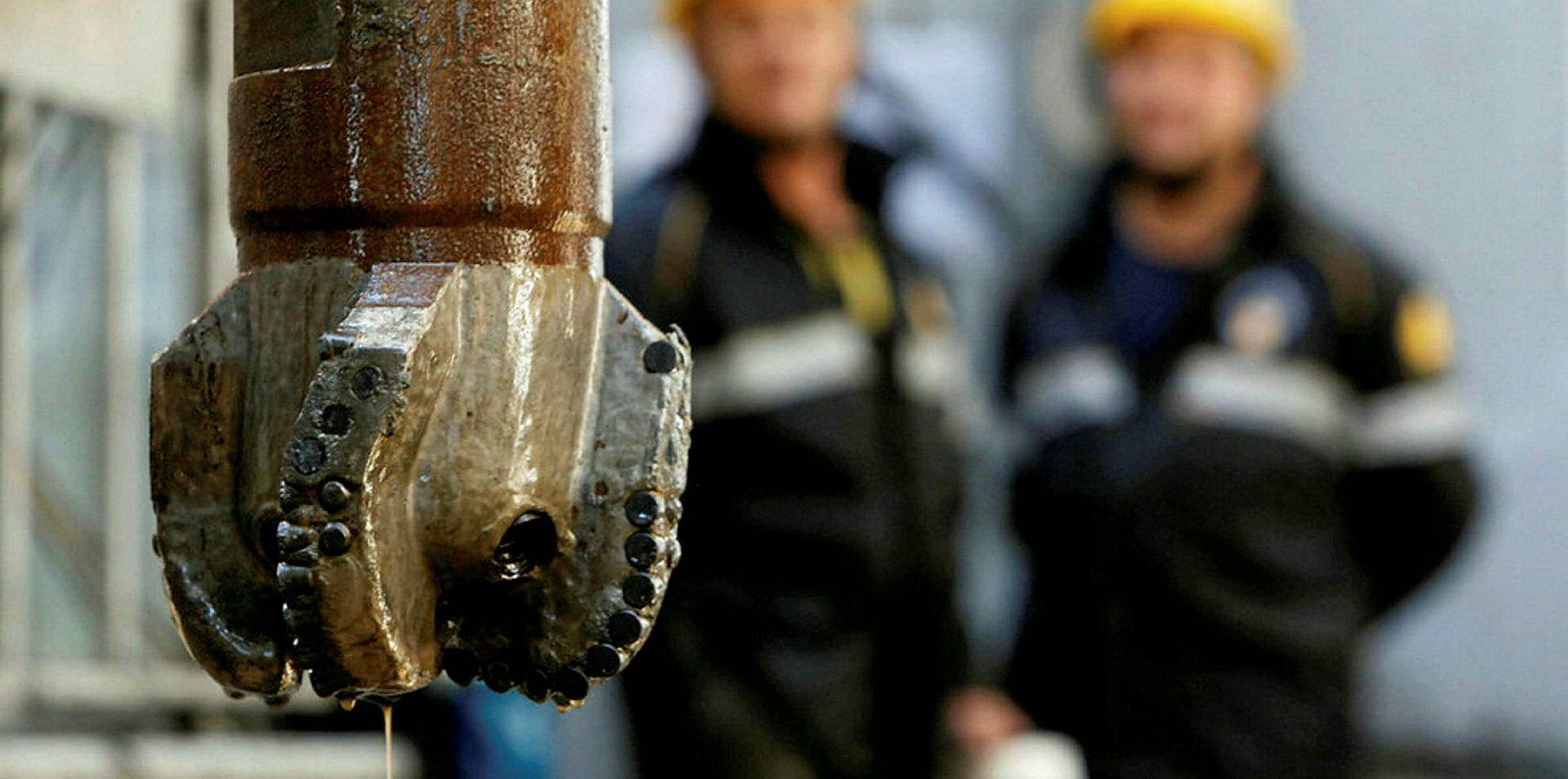Shell will choose between three prospects for a deep-water wildcat off Namibia, which is set to spud late next year at the earliest.
The Anglo-Dutch supermajor will soon turn its attention to the rig market as it assesses available and suitable tonnage for the exploration well, which will be on its operated PEL 39 block in the Orange basin, near the maritime boundary with South Africa.
“We are looking to drill a well late next year or early 2021,” Colette Hirstius, vice president exploration, Middle East & Africa at Shell Upstream, said at the Africa Oil Week conference in Cape Town on Tuesday.
“Namibia is one of the places where the geology is very interesting. We recently acquired seismic data and are continuing to be encouraged by what we see.”
Speaking earlier on Tuesday on a separate panel, Maggy Shino, Petroleum Commissioner at Namibia’s Ministry of Mines & Energy, said Shell will drill a well on a prospect called Graff.
Speaking on the sidelines of the conference, Menno de Ruig, Shell’s regional ventures exploration manager for Africa & Middle East, told Upstream, however, that Graff is just one of three prospects being considered for the well.
“That is one of the possibilities,” he said. “We haven’t as a joint venture decided which well location we will drill at yet – we will do that in the first half of next year.”
The earliest Shell will drill the well is the fourth quarter of next year, but the exact date will depend on rig availability.
“We will soon be (looking to charter a rig),” De Ruig said.
Another prospect under consideration is called Cullinan, while a third is another play that the company is currently working on, which has not yet been named.
Water depths at the trio of prospects are in and around the 2000-metre mark. “It is deep water but not yet ultra-deep,” De Ruig said.
Shell is currently undertaking technical evaluation work on 7500 square kilometres of new 3D seismic that was shot this year to choose between the three potential well sites.
“They are very, very different plays,” De Ruig said.
“The whole Orange basin is mainly based on the Aptian source rock, which has been proven in the basin and that is one of the main attractions.
“The plays range from Cretaceous clastics to Early Cretaceous carbonates and many things in between. That is one of the attractions - we are sitting at the mouth of the Orange basin, it is a major delta system with all the plays that you typically can expect in a delta system.”
Speaking alongside Shino on Tuesday, Karyna Rodriquez, vice president of geosciences at seismic player TGS, said Namibia shows signs of similar mixed turbidite-contourite systems that have thrown up huge discoveries at the likes of Tullow Oil’s Jubilee field off Ghana, the Sergipe oil discoveries off Brazil and, potentially, ExxonMobil’s giant Liza oil find off Guyana.
“This looks exactly like (some) huge discoveries that have been made. This is what Shell is targeting and this is what will change the outlook on the Namibian margin,” Rodriguez said.
“I think we are on to a world-class, prolific mixed turbidite-contourite system that should soon be drilled.”
Shell’s well will be preceded by Total’s Venus-1 wildcat on Block 2913B, also in the Orange basin. The ultra-deepwater wildcat is targeting a potential resource of 2 billion barrels of oil in a Cretaceous fan play. It is set to spud around the middle of the year.
Following that, Maurel & Prom is set to drill an exploration well on the Aurora prospect in the Walvis basin.
“Clearly a success in Namibia by Total will lift the mood. It would be more relative to us in the Orange basin, but our well is not dependent on their well,” De Ruig said.













